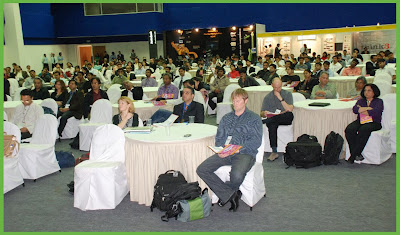
The development of an INFORM Subnational model is initiated and lead by local or regional actors. Who can develop and use an INFORM Subnational model? Because the development of INFORM is collaborative and the results are open, it is particularly useful in supporting any decision-making process that involves a wide range or large number of actors, for example strategic humanitarian, development or government planning. The results of INFORM are therefore a valuable input into any analysis that will support planning or resource allocation processes.
Inform national how to#
This can help you identify at-risk areas and determine the major driving factors of risk, which can help you decide how to manage it.

Using INFORM SubnationalĪn INFORM Subnational model can be used to analyse and compare risk and its components across a region or country. The development phase will determine the specific components of risk relevant to your local context and practical needs, and identify available data to measure those risks. The development process for an INFORM Subnational model is a consultative process. The geographical resolution of the model will vary depending on data availability, but it is at least Admin Level 1 (province) and can be higher (municipality, village). It is also possible to track risk trends using an INFORM model once you have multiple years of data. It includes data on hazards and exposure, vulnerability and coping capacity and allows you to compare the level of risk and all of its components across a region or country. Like the global version of INFORM, an INFORM Subnational model combines and simplifies a lot of information about crisis and disaster risk using a composite risk index. The result is a risk model for humanitarian crises and disasters that has the same features and benefits as the global model, but is subnational (province, municipality, village) in resolution. An INFORM Subnational model uses the same risk assessment methodology and development process, but is adapted to regional or national level. Protecting and Restoring our Natural Environmentĭetails on EPA Research 2030, its hubs and all other aspects of the EPA Research Programme can be found on the Research section of the website.The INFORM initiative already publishes a global INFORM risk index, which consists of a risk assessment for 191 countries at the national level.Facilitating a Green and Circular Economy.Addressing Climate Change Evidence Needs.EPA Research 2030 comprises four interconnected hubs that bring an integrated and cross-sectoral approach, enabling holistic management and protection of our environment: The scope of EPA-funded research is informed by its relevance to policy and its alignment with the key activities of the EPA. A ten-year high-level framework (2021-2030), EPA Research 2030, has been designed to ensure that EPA's research programming is agile, responsive and flexible. The EPA Research Programme is a Government of Ireland initiative funded by the Department of the Environment, Climate and Communications. Please review the information provided here and in the call documentation, and for any other queries, please contact the EPA Research Call 2023 information webinar on YouTube.ĭownload the EPA Research Call 2023 information webinar slides.Īs part of its wide range of functions the EPA manages an environmental research programme that delivers essential scientific support for environmental policy development, implementation and broader decision making. Authorisation deadline: 8 June 2023 (16:00 Irish standard time).Applicant submission deadline 1 June 2023 (16:00 Irish standard time).Call open for applications: 20 April 2023.More information on the Themes and Topics is provided below and detailed in the call documentation. 22 Topics to address identified research and evidence needs to inform national policy.




 0 kommentar(er)
0 kommentar(er)
